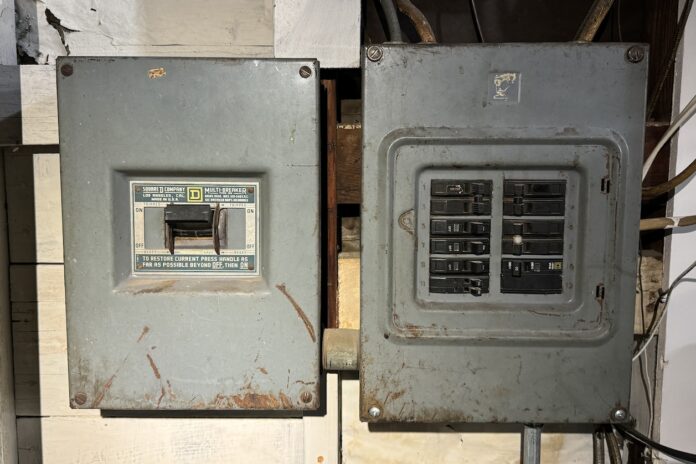
When dealing with residential electricity, understanding the differences between 110V, 120V, and 240V is crucial for both safety and functionality. Here’s a breakdown:
Voltage Levels
- 110 Volts: This term is somewhat archaic in the U.S. context. Originally, homes used around 110 volts, but this has evolved.
- Modern Reality: Essentially, what’s referred to as 110V in older homes or conversations is now more accurately 120V.
- 120 Volts: This is the standard voltage in the United States for general household use.
- Outlets: Most outlets in your home provide 120 volts. They are typically two-pronged (for older devices) or three-pronged (including a ground wire).
- Breaker Size: For a 120V circuit, you’ll commonly see 15-amp or 20-amp breakers. A 15-amp breaker supports around 1800 watts, while a 20-amp breaker can handle up to 2400 watts at 120V.
- 240 Volts: Used for high-power appliances like dryers, ovens, and HVAC systems.
- Outlets: These are larger, often with four prongs (two hot, one neutral, one ground), and are usually found in dedicated areas like laundry rooms or kitchens.
- Breaker Size: For 240V circuits, breakers are typically 30-amp or higher. A 30-amp breaker at 240V can handle 7200 watts, which is why they’re used for appliances requiring more power.
Relating Voltage to Outlets and Breakers
- Single vs. Dual Phase: 120V uses one phase of your home’s electrical supply, while 240V uses two. This is why 240V outlets require twice the number of wires (two hot wires) from the breaker box.
- Breaker Box Configuration:
- 120V: Uses one slot in the breaker panel since it’s a single phase.
- 240V: Takes up two adjacent slots because it needs to connect to both phases for full voltage.
Conclusion
Understanding these voltage levels helps in selecting the right tools or appliances, ensuring your electrical system is appropriately installed, and maintaining safety. Remember, the size of the breaker isn’t just about the voltage; it’s also about the current (amps) your appliance will draw, which directly correlates to wattage.
Whether you’re upgrading your home’s electrical system or simply choosing a new appliance, keep these basics in mind to ensure compatibility, safety, and efficiency.

